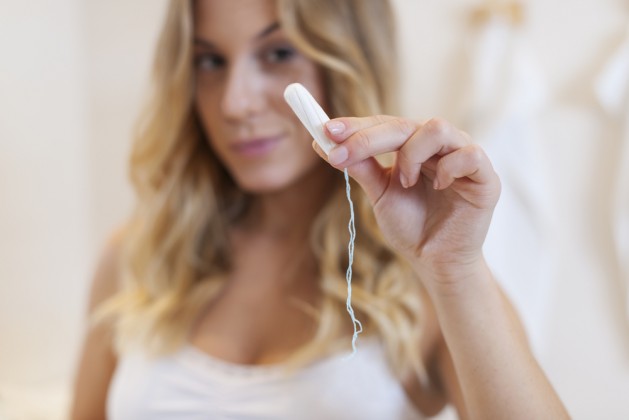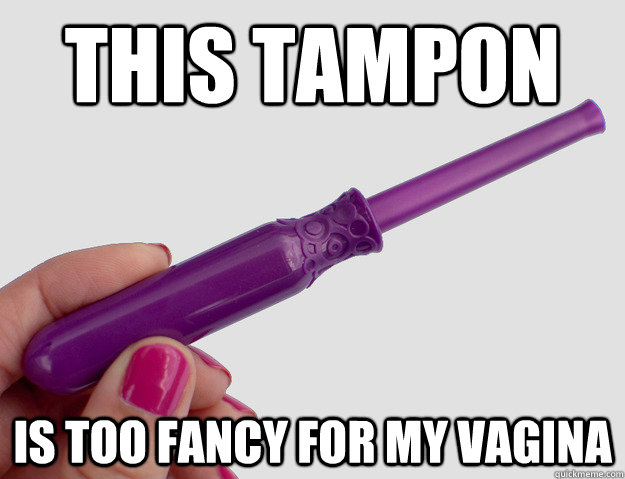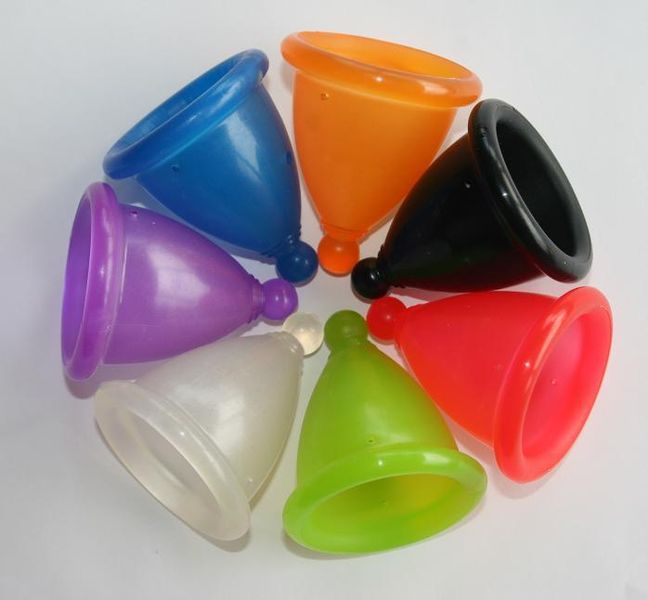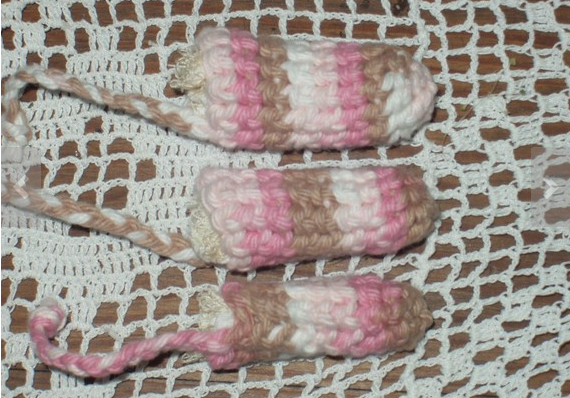
Before I get to some of the problems with tampons, it’s worth noting that the bigger health risk to women and girls worldwide, including the U.S., is lack of access to hygienic menstrual products, which is a complex health and social problem encompassing issues of sanitation, poverty, education, and stigma.
However, having a discussion about how to make having your period healthier doesn’t diminish other women’s serious and immediate needs. While tampons are generally very safe and effective, they can cause some issues.
For one, there’s always the temptation to push how long you can wear one. You’re supposed to change the damn things every 4-6 hours, which can be annoying during the day and exhausting if you want good night’s rest. 8 hours is the maximum for wearing a tampon, but the higher the absorbency of the tampon and the longer you leave it in, the higher your risk for Toxic Shock Syndrome (TSS). The FDA has banned the designs and materials linked with TSS, and TSS is very rare, occurring in less than 1 in 100,000 people, but it’s severe.
If your tampon isn’t ready to come out after 8 hours, removing it is usually an uncomfortable process that may result in small abrasions in your vagina. These abrasions also raise your risk for infections. And even if you don’t get an infection, it can feel like your vagina is so dry it needs a lozenge. Awesome.

There’s been some concern about potential toxins or carcinogens in conventional tampons. However, the FDA closely regulates menstrual products and created new guidelines about the bleaching process to address these concerns. In fact, you’re more likely to be exposed to dioxin, a carcinogen that can develop during wood pulp bleaching, from meat and dairy ingestion, not tampons. In fact, dioxins are kind of everywhere. Sorry, Earth.
However, we don’t know the effects of cumulative exposure to the extremely small amounts of dioxin from the thousands of tampons used over decades because we simply don’t have the studies. I’d argue that there should be some level of concern considering that the vagina’s highly permeable mucus membrane and its proximity to reproductive organs.
There’s no harm in exploring your options. You may find something that works better for you.
Organic Tampons

The same issues of prolonged use, choice of excessive absorbency, and the risk of TSS remain with organic tampons. However, if you have sensitivities to some of the synthetic materials in conventional tampons like dyes, scents, or rayon, organic tampons and pads may help alleviate them.
Keep in mind that organic cotton is not pesticide free; pesticides (both organic and synthetic) approved for organic farming are used. But when you buy organic, you are supporting the farmers and distributors who make that product and their environmental goals, which may be worthwhile by itself to you.
Menstrual Cups

How do you know if a woman uses a Diva Cup? She’ll tell you.
Seriously though, the passionate following of menstrual cup users exist for a reason. You can go twelve hours without changing them; they don’t dry out the vagina; the reusable kind can last up to a decade so it’s good for the environment and your budget.
Now, similarly with tampon usage you should always have clean hands when you insert or empty the cup, and the risk of TSS is still there. Also, women with IUDs shouldn’t use cups that sit by the cervix. If you do use a reusable cup, follow the manufacturer’s cleaning instructions and replace it if it’s damaged or looks its time is up.
Reusable Pads/Period Underwear

Regular pads can give your vagina a break from all that tampon traffic. But if you have concerns about sustainability or airflow to your crotch, reusable pads or period underwear are great choices.
The airflow keeps everything a bit fresher, and cloth is less likely to chafe. No one likes a chapped vulva. Granted you can’t wear these things swimming, but it’s a nice reusable option that doesn’t have a big learning curve. They’re kind of like the cozy sweatpants of the menstrual world.
Like any other intimate item, they should be well cleaned and dried after each use.
What Not to Use

Don’t use anything absorbent that is full of nooks and crannies advertised as internally worn and reusable. If I used my kitchen sponge to mop up blood, I’d throw that thing out. It’s not going to get better after a spin in the microwave; that thing just became a permanent biohazard. But there are people who talk about how sea sponge tampons are natural or that crocheted tampons aren’t bleached while missing the obvious concern that they could easily become bacteria hotels. If you bought it on Etsy, it’s not FDA monitored or approved. I know I ragged on conventional tampons earlier, but they are proven safe to use as opposed to the hearsay about these items.



